Fluorescence
New Light Sheet Fluorescence Microscope Introduced
Mar 30 2020
The high stability of Zeiss Lightsheet 7 enables researchers to observe living samples over extended periods of time - even days - with less phototoxicity than ever before. The new light sheet microscope can also be used to image very large optically cleared specimens in toto, and with subcellular resolution. The dedicated optics, sample chambers, and sample holders of Zeiss Lightsheet 7 can be adjusted to the refractive index of the chosen clearing method to observe large samples, even whole mouse brains.
Zeiss Lightsheet 7 is designed to match a multitude of conditions. Specimens with a size up to 2 cm, with a refractive index between 1.33 and 1.58, and in almost any clearing solution can be accommodated. The stable turnkey system allows acquisition of overview images as well as of data with subcellular resolution. Researchers can now perform fast and gentle LSFM imaging of optically cleared organoids, spheroids, organs, brains, or other specimens.
Zeiss Lightsheet 7 now features the high-quantum efficiency of pco.edge sCMOS detectors to enable observations of the fastest processes at the lowest illumination light levels. Scientists are able to obtain a real-life view of large samples without the adverse effects of excitation light on their biology. For vertically oriented specimens and highest frame rates, the CMOS detector Zeiss Axiocam 702 can be used. A special sample chamber provides heating, cooling, and CO2 to maintain the optimal environment for live-cell experiments. Adding Multiview and triggering options to control external devices makes it possible to observe live processes in an almost unlimited range of organisms.
Zeiss Lightsheet 7 brings LSFM imaging a step further to tackle a broad range of applications with best image quality. Newly designed optics and sample chambers allow users to adjust the optics to the refractive index of their samples. The new sample holder makes mounting larger specimens easier. Smart software tools assist in defining imaging parameters, such as light sheet and sample positions, the right zoom settings, tiles and positions as well as data processing parameters. All these new features go hand in hand with the reliable Zeiss combination of cylindrical lens optics and laser scanning to generate the illumination light sheet. The patented Pivot Scan technology delivers artifact-free optical sections for best possible image quality.
Digital Edition
ILM 49.5 July
July 2024
Chromatography Articles - Understanding PFAS: Analysis and Implications Mass Spectrometry & Spectroscopy Articles - MS detection of Alzheimer’s blood-based biomarkers LIMS - Essent...
View all digital editions
Events
Jul 28 2024 San Diego, CA USA
Jul 30 2024 Jakarta, Indonesia
Jul 31 2024 Chengdu, China
ACS National Meeting - Fall 2024
Aug 18 2024 Denver, CO, USA
Aug 25 2024 Copenhagen, Denmark
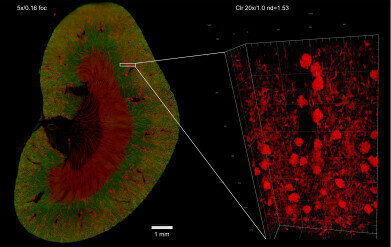
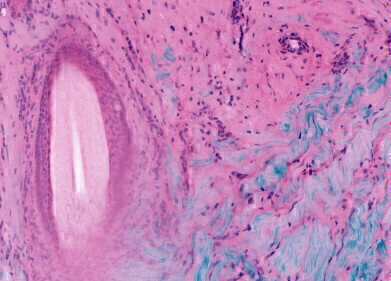
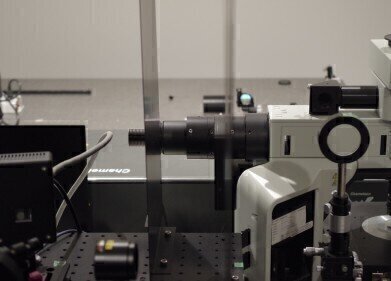
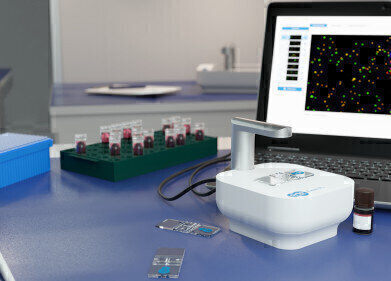
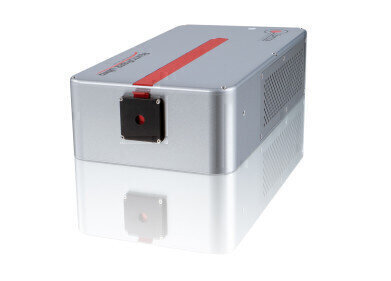
24_06.jpg)













